The AP Biology course provides a learning experience focused on allowing students to develop their critical thinking skills and cognitive strategies. Frequent no- and low-stakes assessments allow students to measure their comprehension and improve their performance as they progress through each activity. Students regularly engage with primary sources, allowing them to practice the critical reading and analysis skills that they will need in order to pass the AP exam and succeed in a college biology course. Students perform hands-on labs that give them insight into the nature of science and help them understand biological concepts, as well as how evidence can be obtained to support those concepts. Students also complete several virtual lab studies in which they form hypotheses; collect, analyze, and manipulate data; and report their findings and conclusions. During both virtual and traditional lab investigations and research opportunities, students summarize their findings and analyze others’ findings in summaries, using statistical and mathematical calculations when appropriate. Summative tests are offered at the end of each unit as well as at the end of each semester, and contain objective and constructed response items. Robust scaffolding, rigorous instruction, relevant material and regular active learning opportunities ensure that students can achieve mastery of the skills necessary to excel on the AP exam.
This course has been authorized by the College Board® to use the AP designation.

